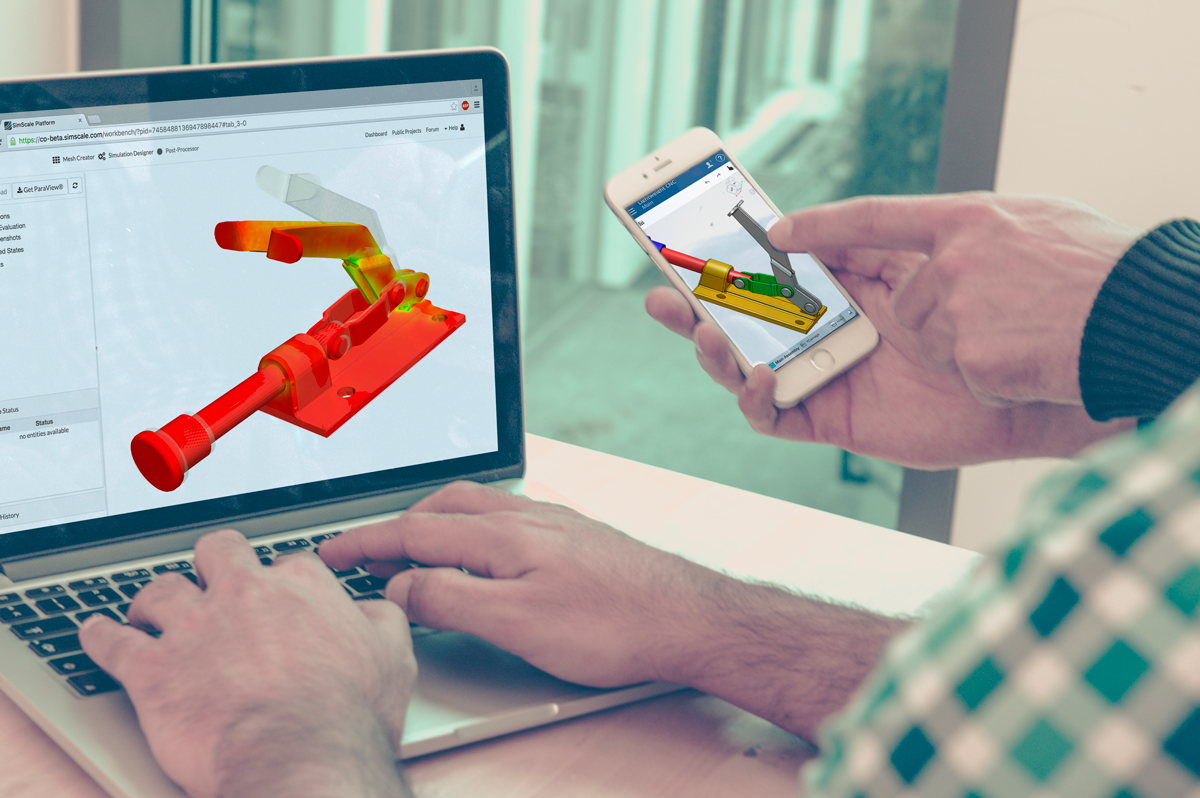In 1978, Utterback and Abernathy coined the term ‘dominant design’ in reference to a technology management concept. Upon earning the trust of the wider market, key technological features of the notion soon became recognized as a a de facto industry standard.
Now, cloud computing stands as a driving force of the contemporary design field, empowering makers, creators and visionaries to take their work with them, wherever they go. At the heart of the internet lies the idea of communal resources and free-flowing information, making the move to cloud computing a logical transition.
Back in 2015, The Economist reported that market research firm Gartner estimated spending on cloud computing would hit US$270 billion by 2017. That number has now slightly shifted, as the research outfit claims that over the next five years, companies will spend more than US$1 trillion to shift many, if not all, processes to the cloud. Gartner also notes that Software as a Service (SaaS) businesses will see a 37 percent rise in value by 2020 as more businesses move away from traditional IT spending.
SaaS companies are changing the way businesses utilize cloud computing; no longer a simple hosting service, the process has since become increasingly convoluted, while technologies are being constantly adapted to ensure they fall in line with various system adaptations, according to Livemint.

Source: SimScale
No other industry benefits more from the rise of cloud computing than that of digital engineering, where simulation and model validation technology can typically rack up five-figure costs because of their highly-specialized nature.
Thanks to the cloud, design teams can now access their tools and collaborate with their teams via a single platform, entering public information repositories across the Web to help them make informed decisions at the preliminary design stage. Here, designers and engineers have hundreds of integrations at their disposal, allowing them to personalize their workflow and support their innovations, while reducing vulnerability to hacker incursions.
Cloud-based software has also drastically reduced the cost of capital that typically prevents SMEs from competing with larger corporations. The rise of cloud-based CAE software has shifted the needle on the size of current players in the market. We now progressively see smaller, more niche companies coming into play.
Businesses no longer have to waste time and money on deploying and maintaining software, since all this can now be remotely updated from pretty much any location. Now, companies remain on the cutting-edge of technology with a single click of the ‘Update’ button.
To fill you in on the software that is changing the game for designers and engineers, we’ve outlined some of the major players in the cloud-based CAE software industry.
Autodesk specializes in 3D design, engineering and entertainment software that they say are for “people who make things”. Their Fusion 360 product innovation platform boasts an impressive range of tools not only wide in scope but ambitious in its aim to provide customers with various options for rendering, modelling, and testing products and animations.
Autodesk’s software is heavily weighted to serve designers who are need of CAD modelling and rendering services, though they also provide comprehensive CAE tools. The company first introduced their 3D AutoCAD software in 1982, and ever since then has provided engineers state-of-the-art 3D rendering and Digital Prototyping capabilities that bring their designs to life.
The 3D software is also complemented by the world’s first 2D drawing capabilities, which can subsequently be integrated with their modelling tools.
Autodesk’s Fusion 360 also provides access to an open collaboration platform, which users can access at any time, from any place, and across multiple devices. Their software truly takes advantage of the ability of cloud computing to enable team work beyond the reaches of the physical office space, and users can share ideas and resources seamlessly on their interface.
ESI’s CAE solutions straddle multiple physics and engineering disciplines to bring their clients a comprehensive list of services. This includes integration with the company’s Cloud Platform, which requires the simplicity of a web browser to run complex analysis processes such as modelling, visualization and real-time collaboration. ESI Cloud comes complete with their flagship Virtual Performance Solutions (VPS), which is workable across multiple domains, and offers CAE solutions such as analysis of crash engineering, testing of product safety, comfort, NVH acoustics and durability.
Users are also given access to the end-to-end computational fluid dynamics (CFD) solutions, including geometry, meshing, solver and visualization engines. One of the exciting aspects of ESI’s offerings is their predictive analytics solutions (ESI MINESET), which make design decision-making a central concern.
Large data sets, gleaned from engineering analysis, turn into clear visuals displayed on a single interface. The visual tools come equipped with machine learning algorithms and data analytics that can help engineers find meaningful trends and relationships between the various aspects of their designs.
 Tech News code
Tech News code



